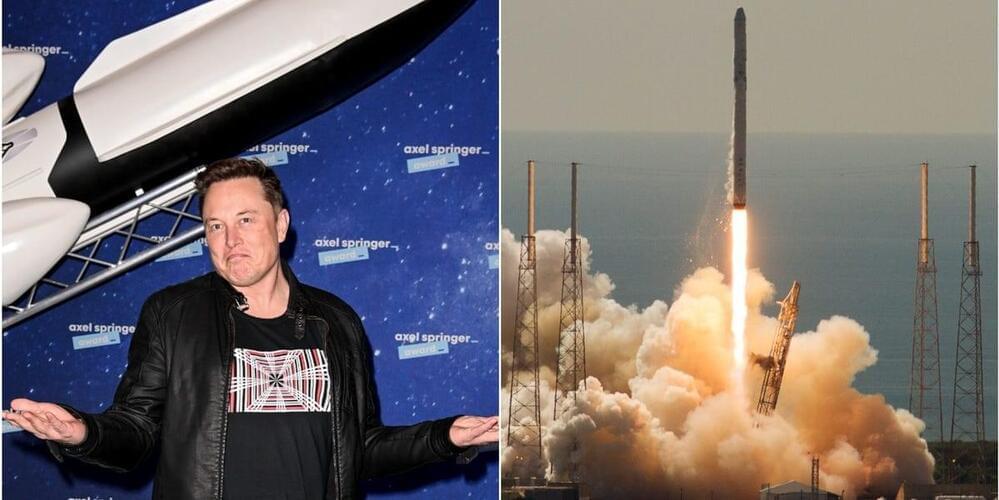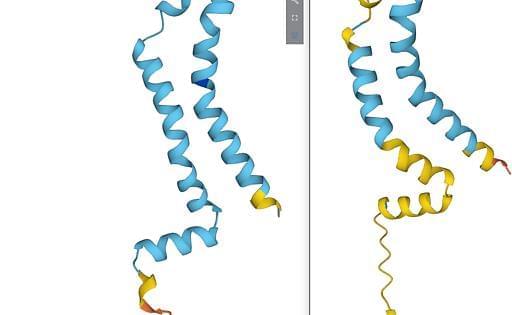A simulated version of Paris where universities and telecommunication hubs are connected by a quantum communication network suggests that existing technology is already nearing the ability to create functional “quantum cities”.


The community will offer eight different floor plans, ranging from three to four bedrooms and two to three bathrooms. Homes will be powered by rooftop solar panels, include a Ring Video Doorbell Pro, Schlage Encode Smart WiFi deadbolt, a Honeywell Home T6 Pro WiFi smart thermostat and a Wolf Ranch security package.
RELATED: The Georgetown gem that gleams rich with history: Southwestern University
Prices are expected to start from the mid-$400,000s.
A major vulnerability in a networking technology widely used in critical infrastructures such as spacecraft, aircraft, energy generation systems and industrial control systems was exposed by researchers at the University of Michigan and NASA.
It goes after a network protocol and hardware system called time-triggered ethernet, or TTE, which greatly reduces costs in high-risk settings by allowing mission-critical devices (like flight controls and life support systems) and less important devices (like passenger WiFi or data collection) to coexist on the same network hardware. This blend of devices on a single network arose as part of a push by many industries to reduce network costs and boost efficiency.
That coexistence has been considered safe for more than a decade, predicated on a design that prevented the two types of network traffic from interfering with one another. The team’s attack, called PCspooF, was the first of its kind to break this isolation.

Meta introduces ‘Tulip,’ a binary serialization protocol supporting schema evolution. This simultaneously addresses protocol reliability and other issues and assists us with data schematization. Tulip has multiple legacy formats. Hence, it is used in Meta’s data platform and has seen a considerable increase in performance and efficiency. Meta’s data platform is made up of numerous heterogeneous services, such as warehouse data storage and various real-time systems exchanging large amounts of data and communicating among themselves via service APIs. As the number of AI and machine learning ML-related workloads in Meta’s system increase that use data for training these ML models, it is necessary to continually work on making our data logging systems efficient. The schematization of data plays a huge role in creating a platform for data at Meta’s scale. These systems are designed based on the knowledge that every decision and trade-off impacts reliability, data preprocessing efficiency, performance, and the engineer’s developer experience. Changing serialization formats for the data infrastructure is a big bet but offers benefits in the long run that make the platform evolve over time.
The Data Analytics Logging Library is present in the web tier and the internal services, and this is also responsible for logging analytical and operational data using Scribe-a durable message queuing system used by Meta. Data is read and ingested from Scribe, which also includes a data platform ingestion service and real-time processing systems. The data analytics reading library helps deserialize data and rehydrate it into a structured payload. Logging schemas are created, updated, and deleted every month by thousands of engineers at Meta, and these logging schema data flows in petabytes range each and every day over Scribe.
Schematization is necessary to ensure that any message logged in the past, present, or future, depending on the (de) serializer’s version, can be reliably (de)serialized at any time with the utmost fidelity and no data loss. Safe schema evolution via backward and forward compatibility is the name given to this characteristic. The article’s main focus lies on the on-wire serialization format used to encode the data that is finally processed by the data platform. Compared to the two serialization formats previously utilized, Hive Text Delimited and JSON serialization, the new encoding format is more efficient, requiring 40 to 85 percent fewer bytes and 50 to 90 percent fewer CPU cycles to (de)serialize data.
The 693-square-foot array is designed to provide 5G broadband connectivity directly with cellular devices via 3GPP standard frequencies.
Bluewalker 3 satellite, a test satellite by Texas-based firm AST SpaceMobile deployed its largest commercial communications array ever flow in space, in low Earth orbit, the company announced on Monday. The satellite was launched on a SpaceX Falcon 9 rocket in September, Interesting Engineering.
AST SpaceMobile.
The 693-square-foot (64 square meters) array is designed to directly provide 5G broadband connectivity with cellular devices via 3GPP standard frequencies. According to the release, the satellite could have a field of view of over 30,000 square miles on the surface of the Earth.


The employees past and present are calling it a Twitter “takeover.”
Elon Musk, in a move to wrap himself up in a blanket of his own financing, has bought ad space on Twitter. SpaceX bought the ads for Starlink, and they will play on top of the Twitter platform’s feed for one day in Spain and Australia.
In a tweet in reply to another Twitter account Musk said of the deal, “SpaceX Starlink bought a tiny — not large — ad package to test effectiveness of Twitter advertising in Australia & Spain. Did same for FB/Insta/Google,”
Getty Images.
The reporting is from sources at CNBC.



Successfully navigating the 5G transformation requires automation every step of the way—from network planning and preparation through implementation and monetization. 5G has made the consumers more empowered and demanding and this creates a need for CSPs to monetize beyond data bundles and introduce indirect monetization mechanisms. What CSPs must now do is look at investing in platforms that enable them to monetize innovative 5G business models.
CSPs have a huge opportunity to create new complex products and solutions for the B2B2C market assembled with the help of multiple partners. But this isn’t just a one-way opportunity. The biggest benefit of this model is the CSPs’ ability to participate in value chains and ecosystems that are orchestrated jointly with partners. CSPs will increasingly use partners to extend owned capabilities across product cocreation, marketing, sales, delivery, and customer support.
Moreover, CSPs need to evolve towards becoming service enablers and partner with businesses, developers, and other players across different domains and industries in order to create unique 5G service offerings to differentiate themselves in the market. To find success in the 5G era, they will need to maintain an ecosystem of partners that allow them to innovate and expand its reach across industry verticals. This will result in automated processes, the ability to launch any partner model, reduced time to market and reduced operational costs.